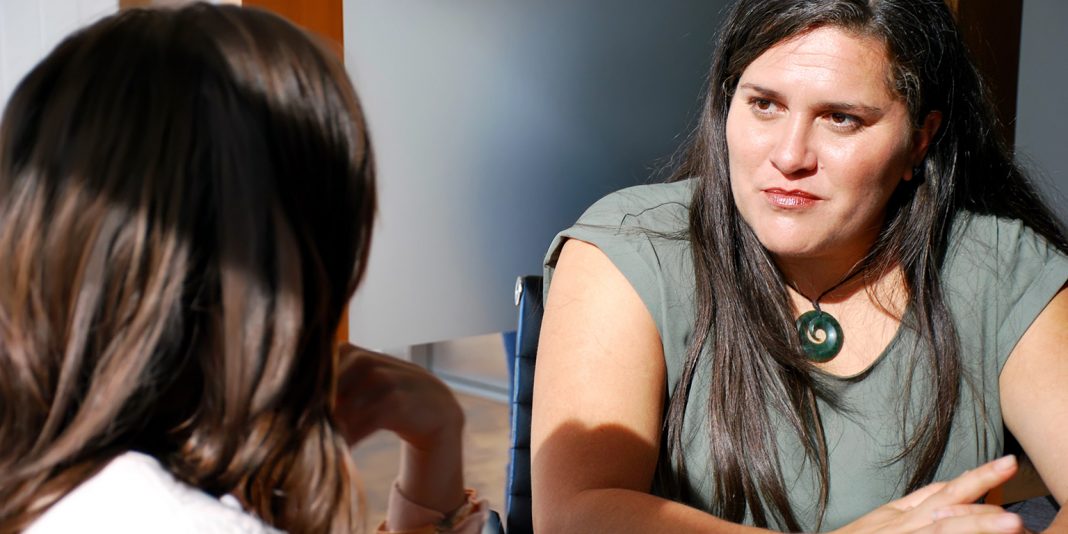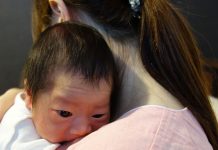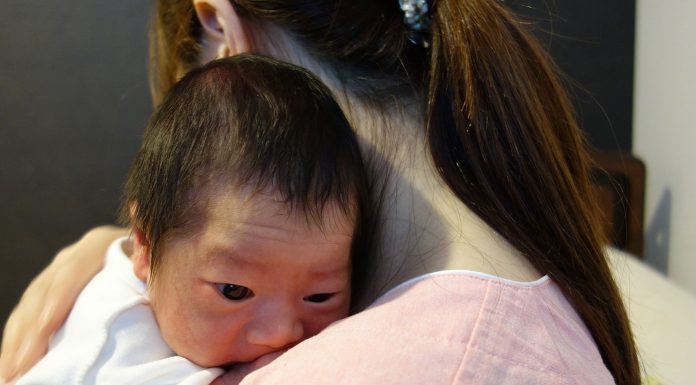Linda Thompson stood out in her graduating class in the 70s. For three years, she had been the only Māori student in the Auckland School of Nursing: “I was the one little brown girl in the mix”. She rarely saw another Māori nurse on the hospital wards: “I did come across one or two”.
The country girl from Raetihi did meet a handful more when she went on to work as a public health nurse in South Auckland and found a tight supportive network of Māori nurses in the field, but still, she could count them on the fingers of one hand.
So it resonated with her and her colleagues when in 1983 three Māori leaders issued a challenge in The New Zealand Herald to the then-Auckland Hospital Board about its obvious lack of Māori nurses to care for Māori patients.
“We read it – and thought ‘oh gosh’,” says Thompson. “It prompted a conversation about who are we and where are we and it was decided that those of us who we do know should meet”.
So the four public health nurses rang around the other Māori nurses they knew, and 11 nurses from across the city met in a Ponsonby meeting room.
“By the time the first four of us got the 11 of us together, we knew where virtually everybody else was”.
Many of those other Māori nurses were working in the former psychiatric hospitals of Carrington and Kingseat. All were invited to join an inaugural hui of the Auckland Māori Nurses group at Te Tira Hou Marae in Panmure in 1983.
Being Māori “left at the door”
Thompson says the main topic of those early meetings was sharing their stories and experience of training and nursing as Māori.
“We were meeting as Māori nurses and we began to talk about that Māori part of us that was left out of our training as nurses … it was a lot like having a little personality split.”
“So in the storytelling, we realised that other part of us should never, ever have been left at the door.”
But not everybody agreed – some of the older generation of Māori nurses, who had worked hard to succeed, were assimilated in the Pākehā-dominated nursing world and could not understand why Māori nurses would need or want to meet.
Thompson recalls meeting one genteel retired principal nurse in her home to invite her to join and finding her strongly adverse to Māori nurses meeting and “singling themselves out to be different”.
Another of the old school was Matire (Tum) de Ridder, who had been principal public health nurse in Gisborne for many years. She, too, was not impressed when she heard of this upstart group of Māori nurses in Auckland and was a loud opposing voice from the East Coast.
“She came up to the first national hui that we called and she came deliberately to tell us off,” recalls Thompson. “To tell us virtually ‘get back to your jobs and get on with it. We all know who we are and we’ve got work to do’.
“But by the time we all left that hui, she was totally bowled over, and the following year, she became the first elected president,” laughs Thompson.
That first national hui was held in February 1984 at the Te Puea Memorial Marae in Mangere with Te Arikinui Dame Te Ātairangikaahu (the then-Māori queen) in attendance, along with the then – Department of Health director of nursing Dame Margaret Bazley – who heard on the grapevine of the hui and asked for an invite – and health minister Aussie Malcolm. At that hui, it was decided that the Māori nurses group would be called the National Council of Māori Nurses, Te Kaunihera o Ngā Neehi Māori o Aotearoa, and the council’s kaupapa was Waerea te ara ki te ora – Clearing the way towards total health and wellbeing.
Articulate women and raising cultural awareness
Thompson says helping win over Tum de Ridder at that first hui was the movement’s first and very charismatic chair Pia Makiha. Makiha had also been a public health nurse, which Thompson believes is not totally coincidence. Nursing in the community meant Māori nurses could be independent, have an opinion, and it provided them with a broad education and experience, as public health nurses needed to work with a range of agencies to support families.
Thompson said working in public health was probably the most rewarding time of her nursing practice. Her job was to work where the greatest need was.
“We had teenagers having babies under bridges, and we had little children under houses sniffing glue out of milk bottles.” But not all days were like that; it was also health promotion, screening and working with school children – “a lovely variety in your day’s work really”.
“So it’s a totally empowering type of nursing, and I suppose that gave us a bit of gumption to speak up … So we had a team of articulate women … but the cultural part was still simmering away in the background.”
Pia Makiha, freshly retired, decided it was time to bring the cultural side to the forefront, which Thompson says was “fairly ground-breaking and pretty dramatic”.
“I was very excited by all this awareness raising that we were doing amongst Māori nurses,” says Thompson. “Pia started talking about all the cultural things that were pretty dormant in our practice – like what we do with the whenua (the afterbirth) at birth. We had all these pictures in our heads of what we did. Of course, we put them down the sluice, everybody else did, and that was the practice.”
Pia started inviting kaumätua she knew to come to hui and listen to the Māori nurses’ stories and Thompson says these elders quickly perceived that the nurses had put up a division between their nursing world and their Māori world.
One elder told the gathering that he was “absolutely spellbound” when they talked about their clinical nursing knowledge but when they started talking about things cultural “they ought to sit down and shut up” because culture was the area they knew nothing about and the elders were there to teach them and bring the balance back, so they never forgot they weren’t only nurses but Māori nurses as well.
Thompson says in her early nursing days she had quite matter-of-factly put the afterbirth down the sluice. Other nurses at the hui shared stories of their cultural and spiritual disquiet at carrying out a practice that clashed with the Māori belief of the link between the land and placenta that bears the same name: whenua.
Similar stories were shared at that first national hui with the chief nurse and health minister of the time listening and getting insight into Māori people’s perception of the health system. At the same time, there was also a growing Māori voice in the then-Department of Health as improving Māori health became higher on the country’s agenda.
This groundswell was also behind the cultural safety (kawa whakaruruhau) movement in nursing. Thompson says the council initiated and its members worked closely with cultural safety theorist Irihapeti Ramsden in co-authoring the original cultural safety document in the 1980s, from which Ramsden further developed and championed the concept of cultural safety – particularly in education.
Thompson is proud that nursing was the standout profession in first recognising and including cultural safety and identity in the curriculum but says it also became apparent that cultural safety had to be applied in practice in the nursing world, and one part of her own career was built around looking at quality cultural practice in health service delivery.
The council membership has never been large but it has influence beyond its membership numbers after holding national consultation hui in 1985 with iwi, hapu, and Māori nurses up and down the country to gain a mandate from iwi to speak on their behalf about Māori health and nursing matters.
The first Māori nursing student nurse hui at Ratana Pa in 1986 – an event Te Kaunihera has kept hosting ever since – was attended by about 2,500 people – students, nurses, and supporters.
Thirty years on since Te Kaunihera’s inaugural national hui, Thompson says its membership is increasing and its presence is “felt and sought after” at national and international nursing forums – and it all started with a handful of nurses rising to meet a challenge.






















